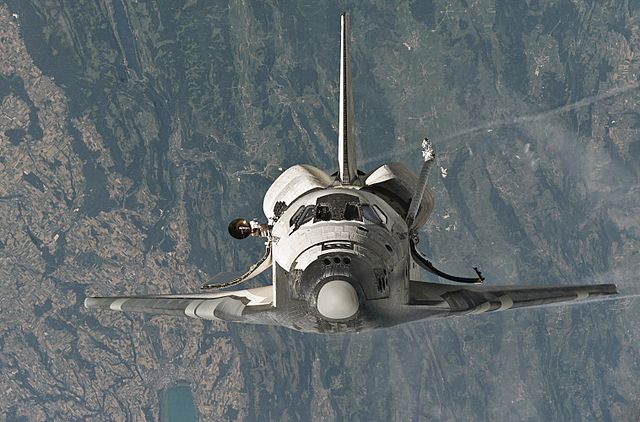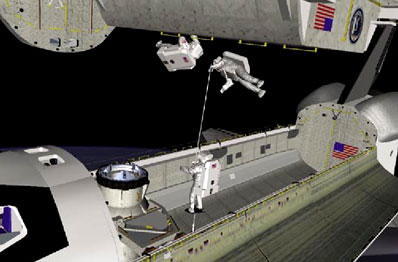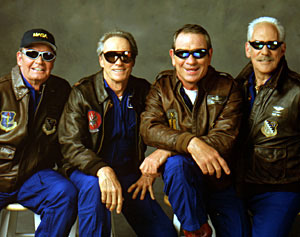Archibald
Banned
More or less. STS-114 (unsurprisingly) has a complicated history. Very little information is available on the original mission (the one with Atlantis and a couple of russians to be flown on March 1 2003 to the ISS). It has been overshadowed by the *true* STS-114 return to flight as flown by Discovery in 2005.
From what I've understand commander Eileen Collins and her copilot remained, but the rest of the crew changed.
Obviously the rescue crew of 4 would have made build out of the original mission, since they had been trained together for a long time.
As late as this morning when cleaning the next entry I had a little surprise - suffice to say it will make the rescue mission even more *international* . A space agency somewhat invited itself to the party.
From what I've understand commander Eileen Collins and her copilot remained, but the rest of the crew changed.
Obviously the rescue crew of 4 would have made build out of the original mission, since they had been trained together for a long time.
As late as this morning when cleaning the next entry I had a little surprise - suffice to say it will make the rescue mission even more *international* . A space agency somewhat invited itself to the party.



